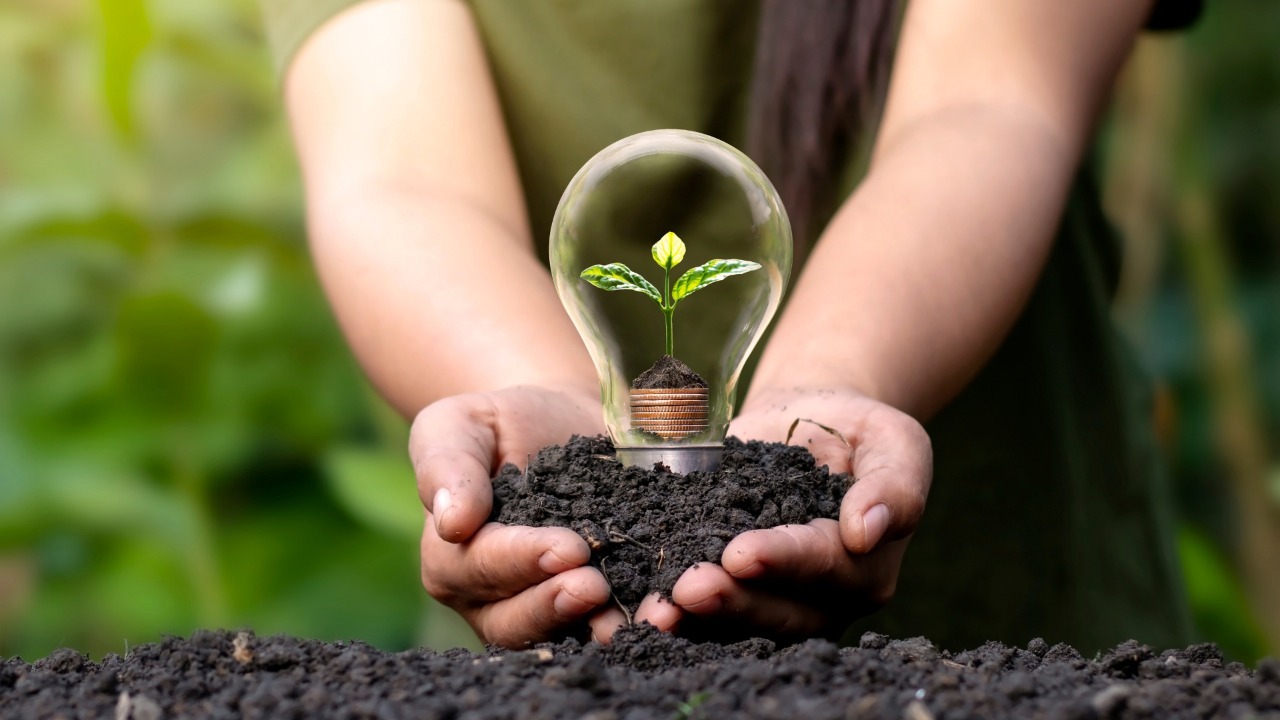
In today’s world, where energy consumption is on the rise, finding ways to save power is becoming increasingly important. Not only does reducing our energy usage help protect the environment, but it also leads to cost savings on our electricity bills. In this article, we will explore practical energy-saving tips that can be easily implemented in our daily lives. By making a few simple changes, we can all contribute towards a more sustainable future.
To effectively save energy, it’s important to understand where and how we consume it. The first step is to conduct an energy audit of our homes or workplaces. This involves assessing our current energy usage, identifying areas of improvement, and setting goals for reducing consumption.
Identifying Energy-Wasting Habits
By being mindful of our daily habits, we can identify energy-wasting practices and make necessary changes. Simple actions such as turning off lights when leaving a room, unplugging chargers when not in use, and using natural light during the day can significantly reduce energy consumption. See these tips on saving power and reduce your energy consumption.
Optimizing Lighting Efficiency
Switching to energy-efficient lighting options, such as LED bulbs, can have a substantial impact on energy savings. LED bulbs use significantly less energy and last much longer than traditional incandescent bulbs. Additionally, utilizing natural light through well-placed windows and skylights can reduce the need for artificial lighting during daylight hours.
Efficient Cooling and Heating
Heating and cooling systems account for a significant portion of our energy usage. To save energy, it’s important to properly insulate our homes, seal any air leaks, and maintain our HVAC systems regularly. Setting the thermostat a few degrees lower in winter and higher in summer can also result in substantial energy savings.
Smart Home Automation
With the advancement of technology, smart home automation systems have emerged as an effective way to save energy. These systems allow us to control and monitor our energy usage remotely, optimize lighting and temperature settings, and automate energy-intensive appliances.
Energy-Saving Appliances
When purchasing new appliances, look for the Energy Star label, which indicates that the product meets strict energy efficiency guidelines. Energy-efficient appliances, such as refrigerators, washing machines, and dishwashers, consume less energy while still providing excellent performance.
Insulating Your Home
Proper insulation is crucial for maintaining a comfortable indoor temperature and reducing energy waste. By insulating walls, attics, and floors, we can prevent heat loss during winter and minimize heat gain during summer, resulting in significant energy savings.
Energy-Efficient Windows and Doors
Upgrading to energy-efficient windows and doors can improve insulation and reduce drafts. Double or triple-pane windows with low-emissivity (low-E) coatings help keep the indoor temperature stable, reducing the need for excessive heating or cooling.
Reducing Phantom Loads
Phantom loads, also known as standby power, are energy consumed by electronic devices even when they are turned off but remain plugged in. To reduce phantom loads, unplug devices when not in use or use smart power strips that automatically cut off power to idle electronics.
Using Power Strips
Power strips with built-in surge protectors offer an easy way to save energy. By plugging multiple devices into a power strip, we can turn off all the connected devices with a single switch, eliminating standby power consumption.
Energy-Efficient Cooking
When cooking, opt for energy-efficient methods. Use the appropriate-sized cookware and match it with the burner size to avoid wasting excess heat. Also, consider using microwaves, slow cookers, or toaster ovens when suitable, as they use less energy compared to conventional ovens.
Conserving Water
Saving water indirectly contributes to energy conservation. Install low-flow showerheads and faucets, fix leaks promptly, and practice water-saving habits such as taking shorter showers and running full loads in dishwashers and washing machines.
Energy-Saving in the Laundry Room
In the laundry room, there are several ways to reduce energy consumption. Wash clothes in cold water whenever possible, as heating water accounts for a significant portion of energy usage. Opt for air drying or using a clothesline instead of relying solely on a dryer.
By implementing these energy-saving tips, we can make a positive impact on both the environment and our wallets. From adopting energy-efficient appliances and lighting solutions to optimizing heating and cooling systems, every small step towards reducing power consumption counts. Let’s embrace these practices and contribute to a greener and more sustainable future.
How much can I save by implementing these energy-saving tips?
The amount you can save depends on various factors such as your current energy usage, the size of your home, and the extent of the changes you make. However, implementing these tips can lead to significant cost savings on your electricity bills.
Are energy-efficient appliances more expensive?
While energy-efficient appliances may have a slightly higher upfront cost, they provide long-term savings through reduced energy consumption. Additionally, many energy-efficient models qualify for rebates or incentives, further offsetting the initial investment.
Can I install energy-efficient windows and doors myself?
While some DIY enthusiasts may be able to install energy-efficient windows and doors, it is generally recommended to hire a professional installer to ensure proper insulation and airtightness.
How do smart home automation systems save energy?
Smart home automation systems allow you to monitor and control your energy usage remotely. They can optimize lighting and temperature settings, automate energy-intensive appliances, and provide real-time energy consumption data, empowering you to make informed decisions and reduce wastage.
What is the first step to conduct an energy audit?
To conduct an energy audit, start by assessing your current energy usage. Gather information about your electricity bills, inspect your home for air leaks, and note down any energy-wasting habits or devices. This will help you identify areas of improvement and set goals for reducing consumption.